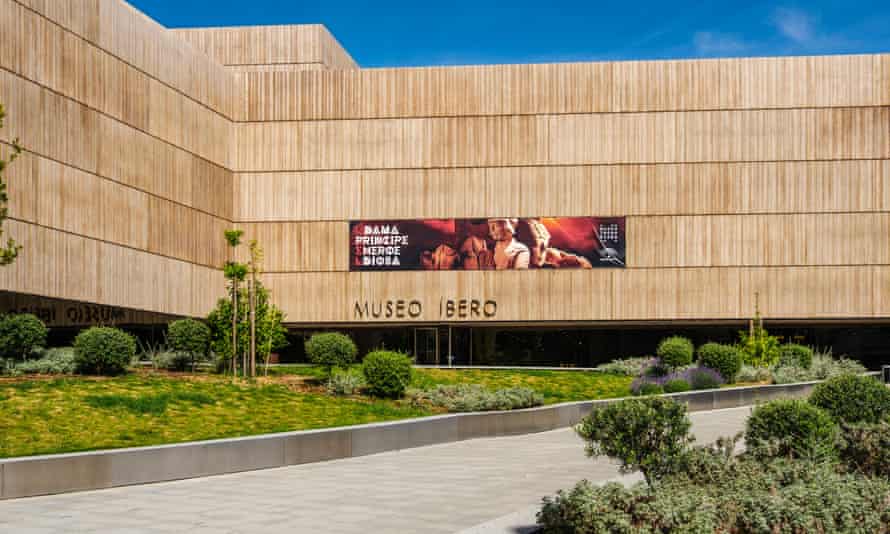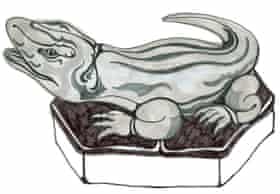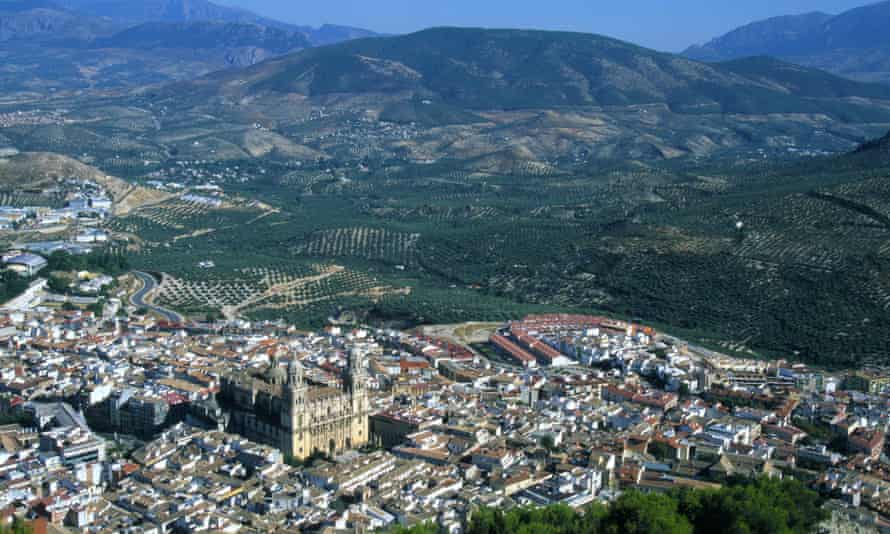
Food
Jaén is one of the few cities in Spain where your tapa is included in the price of your drink – and if you want to eat well here, head to a tavern. My favourite is El Abuelo, which has amazing tapas: it is famous for delicious patatas alioli and alpargatas de tomate con bacon (toasted bread with tomato and bacon). Also good are La Manchega, founded in 1886 and the oldest bar in Jaén, Casa Gorrión, which has a mummified leg of ham dating from 1918 on display, and also La Barra and El Santo.
Inspiration
No visit to Jaén is complete without climbing all the way to the cross of the Santa Catalina castle. The vantage point gives a stunning view of the entire city and the endless olive groves that surround it. You’ll be hard pushed to find a more beautiful place to watch the sunset.
Check out the Museo Provincial: its archaeological collection includes prehistoric tools, statues, mosaics and fine examples of Roman, Jewish and Arab silversmithing. The museum’s fine art section has a noted collection stretching from the 19th century to the present day. As well as portraits of Spanish nobles, it has good examples of realist and romantic works, a Picasso drawing, and pictures and sketches by local painter Rafael Zabaleta.
Nearby, the modern Íbero Museo is, as its name suggests, dedicated to the ancient civilisations of the Iberian peninsula. Its collection, divided into sections called the Lady, the Prince, the Hero and the Goddess, gives a fascinating insight into the culture and daily lives of our ancestors.
Neighbourhood
Jaén has managed to preserve its traditional Andalucían feel and its neighbourhoods – even the centre – remain very untouristy. The barrios of La Merced, San Bartolomé and San Juan are all worth a wander. If you’re after a mix of tradition and leisure, try the San Ildefonso neighbourhood, with its bars and shops by the little church square.

La Magdalena is an unassuming, traditional barrio in the old town known for its statue of an enormous lizard. Why the big reptile? According to local legend, this giant lizard once terrorised the area, prowling around at night and devouring crops and livestock. Fortunately, one brave shepherd had the novel idea of stuffing a sheep’s belly with gunpowder and leaving it out to tempt the monster. The greedy lizard took the bait and was blown to pieces, to the delight of locals.
The legend lives on in the local lingo. If you’re from Jaén and want to wish someone ill, you say: “I hope you explode like the dragon of La Magdalena.”
Green spaces
The Juan Pablo II park, better known as the boulevard park, is a good option if you’re keen for some open-air sports or fancy a lazy afternoon picnic. It’s divided into three large areas, and the big fountain in the central zone is a welcome and refreshing place on a hot summer’s day. If you’re after something a little wilder, the Vía Verde del Aceite is a green corridor you can walk or cycle.

Nightlife
The city’s best places for an evening out are pubs in the centre such as La Marimorena, which plays rock and alternative music, or the Admiral’s Arms, which inclines more towards metal and goth. If you’re a poetry lover, El Tijuana runs monthly readings by top poets.
Stay
Hotel Xauen (doubles from €93 B&B) and Hotel Condestable Iranzo (doubles from €92 B&B) are both reasonably priced and central, within easy reach of public transport, museums, shops and green spaces. The Xauen has a view of the cathedral from its roof terrace, which also has sun loungers and an outdoor shower.
Begoña M Rueda has published nine collections of poetry, including Laundry Service, which won the Hiperión poetry prize in 2021



